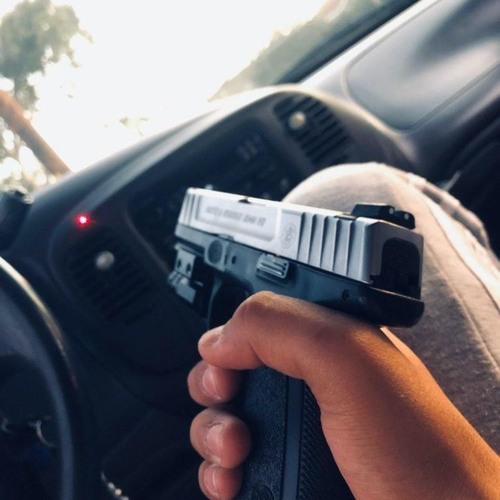Post by KaiserAlmeida on Apr 9, 2021 22:16:39 GMT


18th Street, also known as Calle 18, were originally part of Clanton 14 but wanted to make a separate "clique" called Clanton 18th Street and allow immigrants the opportunity to join. This proposal was rejected by the Clanton 14, which led to the formation of the 18th Street gang. The two gangs have been bitter rivals ever since.
In the beginning, they were made up largely of second-generation Hispanics. As the 18th Street gang began to battle with more established Hispanic gangs.
Los Angeles members began migrating to other areas outside America and started to establish their own cliques. 18th Street cliques have been identified in 120 cities in 37 states and the District of Columbia in the United States.
18th Street gang members are required to abide by a strict set of rules. Failure to obey the word of a gang leader, or to show proper respect to a fellow gang member.
They are one of the most violent street gangs and one of the most prolific in the United States.
Members of 18th street are mainly Salvadoran, Guatemalan, and Honduran, but the gang does have members from other parts of Central America. 18th Street influences have recently been spotted in Belize as well.


Calle 18th recruits mainly Mexicans, Salvadorans, Hondurans and Guatemalans and multiple hispanic regions. They are taught to abide a strict set of rules, punishment for breaking them may result in an 18-second beating, or even execution for more serious offenses.


El Jefe
Mano Derecha
Teniente
Ejecutor
Joven Gángster
Andar




Calle 18th recruits mainly Mexicans, Salvadorans, Hondurans and Guatemalans and multiple hispanic regions. They are taught to abide a strict set of rules, punishment for breaking them may result in an 18-second beating, or even execution for more serious offenses.


El Jefe
Mano Derecha
Teniente
Ejecutor
Joven Gángster
Andar













